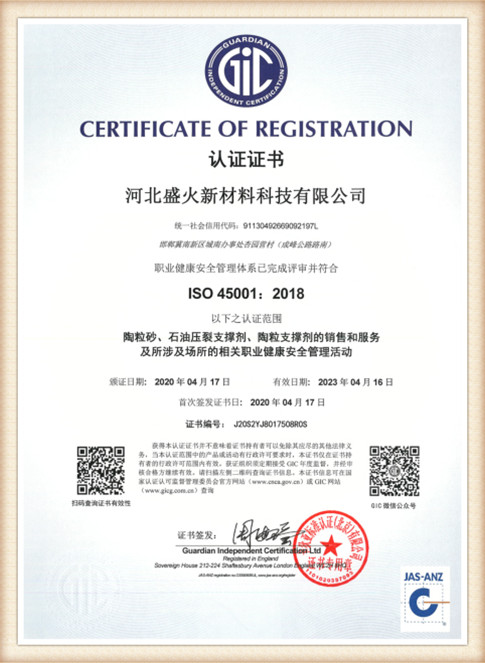Sand Sintering An Overview of the Process and Its Applications
Sand sintering, a polymer-and-mineral-based ceramic shaping process, forms part of the broader category of additive manufacturing techniques. This process has garnered increasing attention in recent years due to its potential in a variety of industries, including construction, aerospace, and art. Understanding sand sintering entails recognizing both its principles and the innovative applications that have emerged from it.
The Principles of Sand Sintering
At its core, sand sintering is a process where sand particles, often mixed with a binder, are subjected to heat and pressure, resulting in the consolidation of the material. The sintering occurs below the melting point of the primary component, allowing the particles to adhere to one another while maintaining overall structural integrity. The process generally involves several key steps
1. Preparation The first step involves selecting the appropriate sand particles and binders. Common binders include thermoplastics, which help to maintain the shape of the sand during the heating process.
2. Molding The prepared mixture is then shaped using molds. Additive manufacturing techniques such as 3D printing can produce intricate designs, making this step highly versatile.
3. Sintering The molded sand is heated in a controlled environment. The temperatures achieve sufficient energy to facilitate particle interaction, leading to densification and grain boundary formation. This step is critical as it determines the mechanical properties of the final product.
4. Cooling After sintering, cooling the material must happen at a controlled rate to prevent cracking or warping, ensuring the structural integrity of the finished item.
5. Post-processing Depending on the application, additional finishing processes such as polishing or coating can enhance the final product’s properties.
Applications of Sand Sintering
sand sintering

The versatility of sand sintering allows for its applications across various fields. Some notable areas include
1. Aerospace The aerospace industry benefits substantially from sand sintering. Complex components, such as turbine blades and housings, can be produced with reduced weight and increased performance characteristics, enabling fuel efficiency and enhanced aerodynamics.
2. Architecture and Construction In the construction sector, sand sintering allows for the creation of intricate architectural designs. It facilitates the production of unique brick shapes, allowing for more aesthetic building solutions. Additionally, sustainable practices, such as utilizing locally sourced materials, align with the increasing focus on green construction methods.
3. Art and Design Artists and designers have begun experimenting with sand sintering to create sculptures and installations that push the boundaries of traditional materials. This technique allows for the production of custom pieces that are not only visually striking but also structurally sound.
4. Medical Devices In the healthcare sector, sand sintering can be utilized to manufacture customized implants and prosthetics. The ability to tailor the size and shape of medical devices to individual patient needs enhances therapeutic outcomes.
Challenges and Future Directions
Despite its many advantages, sand sintering is not without challenges. One primary issue is the optimization of the sintering process to achieve desirable mechanical properties without compromising production speed. Furthermore, the environmental impact of binders and other materials used in the process must be accounted for, encouraging the exploration of eco-friendly alternatives.
The future of sand sintering lies in technological advancements. Innovations in material science, particularly in developing new binders and sand materials, will likely enhance the versatility and sustainability of sand sintering. Additionally, integrating artificial intelligence in the design and production process can streamline operations, ensuring higher precision in manufacturing and superior control over the sintering environment.
Conclusion
In conclusion, sand sintering represents a promising avenue in modern manufacturing. Its ability to create complex, finely detailed objects from simple materials not only pushes the boundaries of traditional manufacturing but also aligns with contemporary sustainability goals. As research and technology evolve, so too will the opportunities for sand sintering, potentially revolutionizing various industries with its applications. Investing in this field can lead to groundbreaking findings that marry innovation with practicality, thus paving the way for a new era in material design and application.
Post time:डिसेंबर . 20, 2024 20:08
Next:Achieving Flawless 3D Prints Without Sanding for a Perfect Finish
